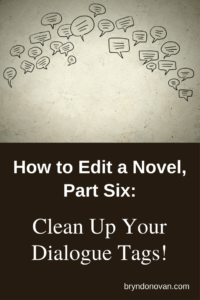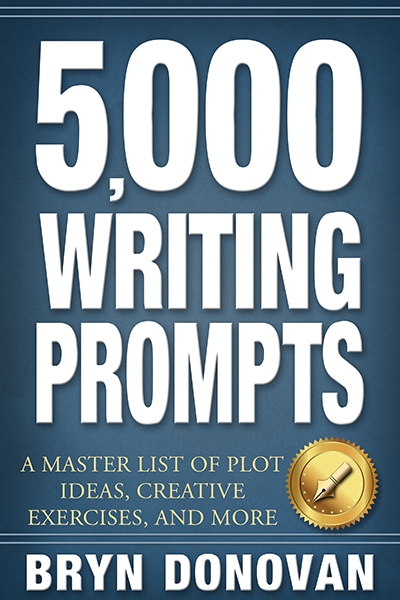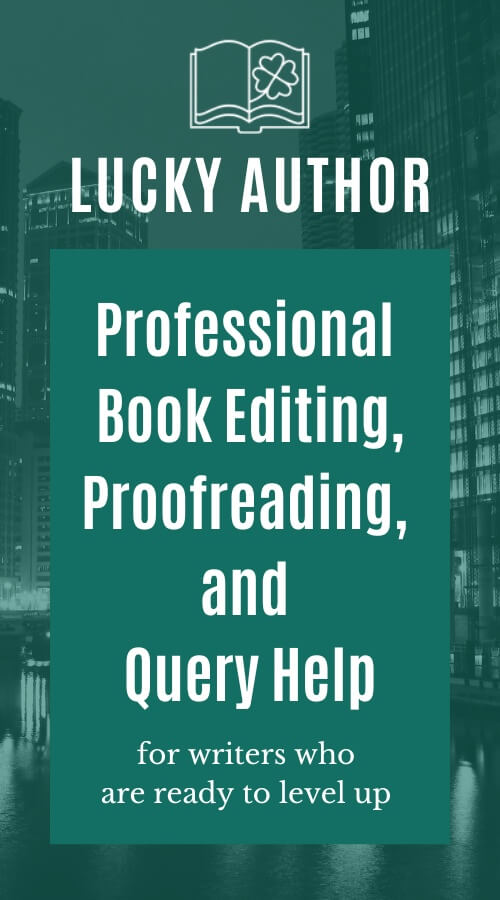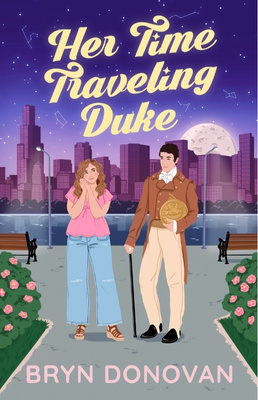
This content is protected against AI scraping.
Hey there! So far, this series has focused on shaping up your story and then getting it into the hands of beta readers. Once you’ve read over your beta reader feedback, and you’ve made any other changes to your book that you think will improve the story, it’s time to focus on your prose style.
A “dialogue tag” is any clause that tells you who’s talking — she said, he bellowed, and so on. The way you handle dialogue tags makes a big difference in the way your story reads.

Too Many Synonyms For Said and Asked
This can happen because you don’t want long strings of he said, she said, he asked, she asked, down the page.
Here’s the thing, though. A steady stream of synonyms– he stated, she remarked, he questioned, she inquired… is even worse. Readers skim right over “said” and “asked,” while the synonyms stand out and interrupt the flow.
You can use them once in a while. They’re especially useful when the tone of voice doesn’t match what’s being said. For instance:
“How delightful,” he growled.
Synonyms for “said” and “asked”are fine here and there, but using them constantly is a hallmark of amateur writing. Go back and fix it.
Inverted Dialogue Tags
In a lot of older novels, you’ll see people write said John rather than John said. Strictly speaking, dialogue tags like said John, asked Maria, and so on are correct. They’re just archaic. Many editors and many publishing houses will reverse every single one of them before the book goes to print.
It’s up to you, but I recommend going through and fixing any inverted dialogue tags. If you’re using them as another way of avoiding repeating dialogue tags on the page, there are better ways to do that. Read on!
[AdSense-B]
Too Many Adverbs
It’s easy for writers to over-use adverbs in general, and especially as part of dialogue tags. Like this:
“I hate him,” he said angrily.
“Never mind, then,” she said lightly.
Again, this is okay once in a while, but you don’t want to do it all the time. How do you fix them? A few different ways.
In the first example — “I hate him,” he said angrily — we can lose the adverb without sacrificing any clarity. We can infer from the words the guy is saying that he’s not using a particularly agreeable tone of voice.
In the second example, we could use body language, gestures, or both, to indicate her tone of voice. Like this:
She smiled and shrugged. “Never mind, then.”
Too Many Dialogue Tags, Period
Having too many dialogue tags, however you write them, makes your story clunkier. If this is an issue in your story, here are two ways to address it.
1. Look for places where they can be cut. If you have a conversation between two people, you can go back and forth a few times without your reader getting lost.
2. Replace the dialogue tag with a facial expression, body language, gesture, or action, as in the example above with the smile and the shrug. Here are a couple more examples of this.
She scrunched up her face. “What is that?”
He grabbed his backpack. “I’m late.”
I made my list of facial expressions and my list of body language and gestures specifically to help with this, and hundreds of people click on them every day!
If you have any comments about handling dialogue, or about writing a book or life in general, please share them in the comments! Thanks so much for reading, and happy editing!







Thanks for another fabulous instalment in the series, Bryn! Dialogue tags are definitely one of those things I obsess about, even early-on in the process of writing; I’ve always got my eye on them in the back of my brain. I’m happy that I’m on the right track having used many of the fixes you suggest. As an aside, I did not know about the inverted dialogue tags (now I’ll have to go back and see if and how many I’ve used), so that was an interesting and extremely helpful insight! I only ever took one creative writing class as an undergraduate (so long ago now!), and I think my teacher disliked me, so I didn’t get a wealth of helpful writing info from that source. I’m glad to have sources like your books and blog to help me improve my technique and one day, hopefully, get published. Many thanks, again, and look forward to the next one.
Never thought about doing a pass just for that before. I know I need to look back at your post on writing dialogue. I know there has to be at least one talking heads moment. Thanks again for this series.
Thanks for the dialogue tag tips, Bryn! I’ve queued up a link for tomorrow’s Write It Wednesday on my blog.
Your writing resources saved my stories whenever I get stuck. Thanks for the tips. Especially the master tips, check out my blog. Your feedback would mean a lot to me. https://themagiciansnest.wordpress.com/
Thank you bryn. Your list truly saved me on many levels! My novel-in-process has been on hold for 8 years. Now I am rewriting it thanks to you 😀
I showed this site/link to my friend, i find it more than just helpful.
Thank you for taking the time to write and share these lists with us.
Back then, I used to get bored a lot from the ‘ he said/she said’ so on, so I did the reverse like the old scripts: ‘said he’. Then I started the held/retort/raised/inquired etc. I thought it was getting better…
But but but !
You were right, it only got worse! >_<
Nothing like using expressions and body language!
I have like tones of pages to fix now hahahah
Your efforts are very much appreciated 😀